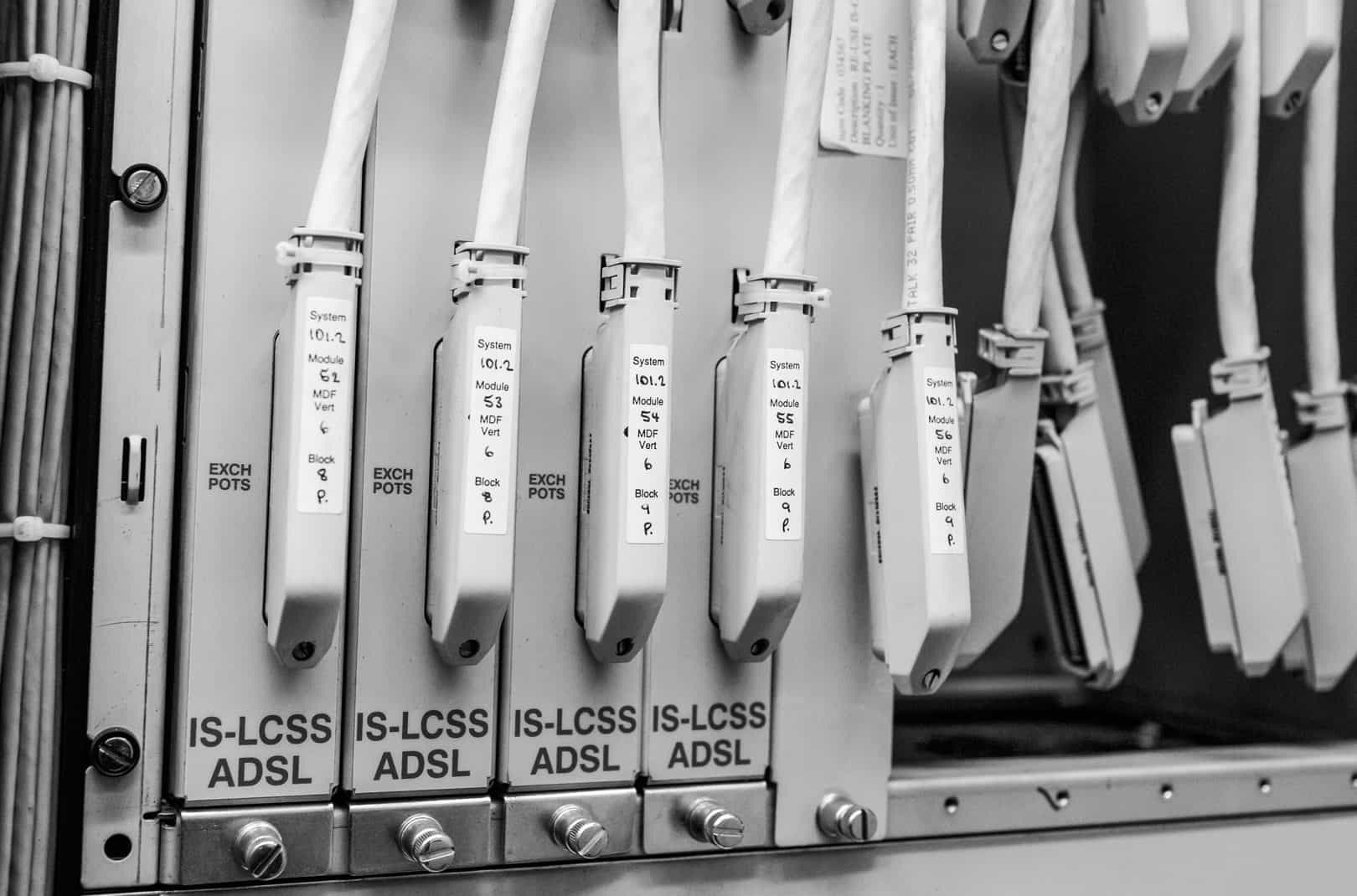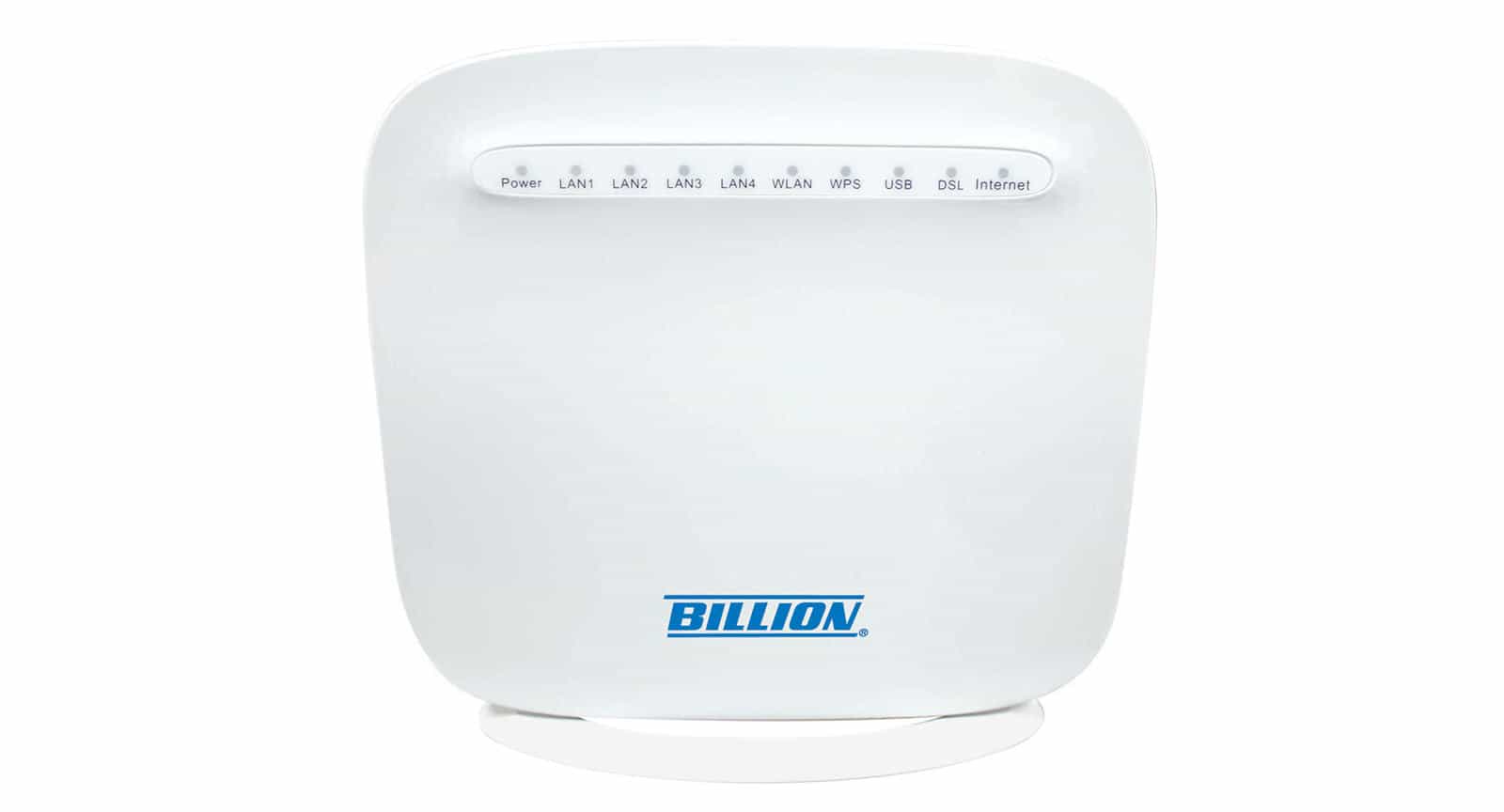Tweaking the target SNR margin is a great way to increase speeds of basic broadband. The target SNR margin set on an ADSL or ADSL2+ broadband connection (by the BT exchange equipment shown in the photo below) has a significant impact on download connection speed, as described in our target SNR margin tweaking page. The greater the target SNR margin, the lower the download connection speed. In most cases, a broadband connection can work well with an SNR margin of 3 dB.

When a broadband connection is first made live, a default target SNR margin is set. For a BT-based ADSL or ADSL2+ broadband service, this is 6 dB. When a broadband connection with TalkTalk first goes live, a 9 dB default target SNR margin is set. Users migrating from BT-based services to TalkTalk LLU services should be aware of this since initial download speeds may be slower since the default target is higher than BT-based ADSL services (6 dB).
Intended to help maintain a stable connection, Digital Line Management continuously monitors a connection. For a number of reasons (such as line drops due to thunderstorms or increased errors on the line due to radio interference), the exchange equipment can increase the target SNR margin. As the target SNR margin is raised, so downlink connection speeds are substantially reduced.
In some situations, the target SNR margin can be increased up to 18 dB, which can have a dramatic negative impact on download speeds.
BT Broadband users generally cannot get the target SNR margin changed, which can be particularly frustrating if the target has increased to relatively high levels. Users of BT-based broadband services will also struggle to get their target SNR margin changed since BT is resistant to doing this for other ISPs.
Rather than putting up with the target SNR margin that the BT exchange equipment sets for your line, some modems allow you to tweak the target SNR margin setting to a lower value and, hence, substantially increase downlink connection speeds.
Tweaking of your target SNR margin is covered in more detail in our dedicated SNR margin tweaking page. All modems are different, and many modems do not allow you to change the target SNR margin. If you are considering the purchase of a new modem, we would recommend that you purchase one that has the ability to adjust target SNR margin. Our favourite modems with advanced target SNR margin adjustment capability include the Billion 8800NL, 8800AXL and Billion 7800DXL. For more information on how to tweak the target SNR margin with these devices, please visit:
Billion 8800NL review and set-up guide
Billion 7800DXL review and set-up guide

Bear in mind that reducing the target SNR margin on some lines may cause the broadband signal to drop more often, so you have to balance the increased speed with reliability. For many, the compromise may be perfectly acceptable and the line may not drop, even with low SNR margin, for weeks or indeed months.
We are fans of target SNR margin tweaking, as it can make a huge difference to downlink speeds. Many broadband users find that a high-quality Billion modem can hold its connection for several weeks at a time with an SNR margin of about 3 dB. However, bear in mind that your line may be different. If you find that your line becomes unstable at low target SNR margins, you can simply increase the target until it becomes stable.
Next Tip: Opt for ADSL2+ over basic ADSL (standard broadband only)
